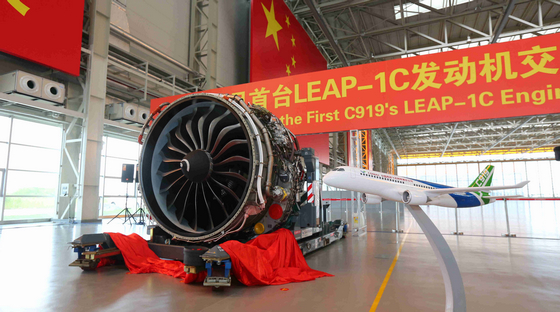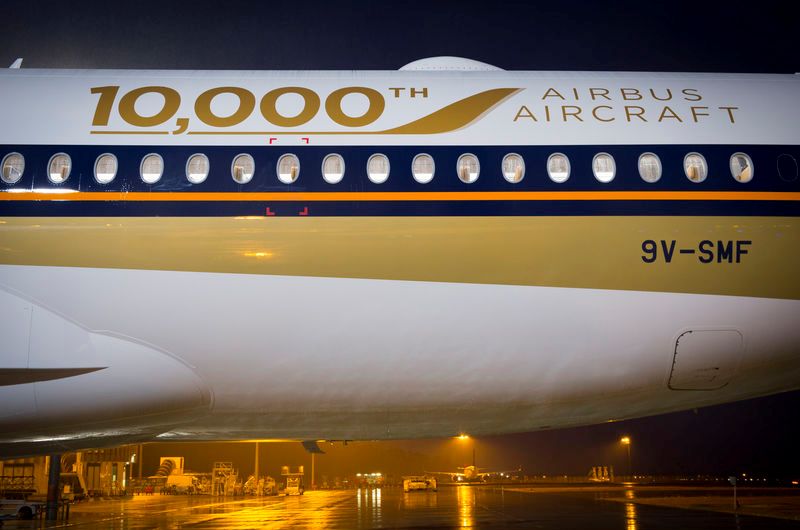Leeham News and Analysis
There's more to real news than a news release.
Airbus results depressed from continuing delivery delays
 Oct. 26, 2016: Airbus Group reported that its nine months financial results continue to be depressed by delivery delays in the A320neo and A350-900 programs.
Oct. 26, 2016: Airbus Group reported that its nine months financial results continue to be depressed by delivery delays in the A320neo and A350-900 programs.
The Group reported revenues of €43bn for the period and charges that lowered profits.
Net cash fell by nearly €5bn from the same period last year. Earnings at the Commercial unit fell 59% YOY.
The press release with detailed results may be found here.
Pontifications: Rockwell buying B/E Aerospace: getting out while the getting is good?
Oct. 24, 2016, © Leeham Co.: An announcement Sunday by supplier Rockwell Collins (NYSE:COL) that it will acquire B/E Aerospace (NYSE: BEAV) for $6.5bn caught analysts by surprise. The price tag rises to $8.3bn when assumption of BEAV’s debt is included.
The surprise is not so much BEAV is selling itself. A few years ago, BEAV sold of one of its division and analysts since then believed an exit strategy was underway for the principal owners of the company.
The surprise is that the buyer is Rockwell, a supplier that has little in common with BEAV. A slide from Rockwell’s own investor presentation Sunday illustrates the point.
Rockwell will have an investors’ call Monday at 0830 EDT to further explain the merger.
Bjorn’s Corner: The Engine challenge
October 21, 2016, ©. Leeham Co: In our Corners on East bloc aeronautical industries, we could see that the hardest part to master in a new civilian airliner is the engine.
Both new airliners from Russia and China (Irkut MC-21 and COMAC C919) start their lives with Western engines.
Why is this so? What are the challenges that make engines harder to create than aircraft?
We will spend several Corners on the main reasons that airliner engines are harder to do than aircraft. Read more
From zero to 10,000 in 50 years; can COMAC duplicate this achievement?
By Bjorn Fehrm
October 19, 2016, ©. Leeham Co: Airbus delivered its 10,000 aircraft last week (Figure 1), an A350-900 delivered to Singapore Airlines.
Delivering the 10,000 aircraft after 50 years of start of project is impressive, especially as the competition, Boeing Commercial Airplanes (BCA), the late McDonnell Douglas Corp and Lockheed Co, fought Airbus every step of the way.
We have a new player starting its 50 years, Commercial Aircraft Corporation of China, COMAC. It’s on its eighth year and the competitions’ sentiments are: “It will take long before they can compete, decades!”
Let’s compare with the rise of Airbus and see what can be learned. Will COMAC deliver its 10,000th aircraft in 50 years? Or in a shorter time? Read more







